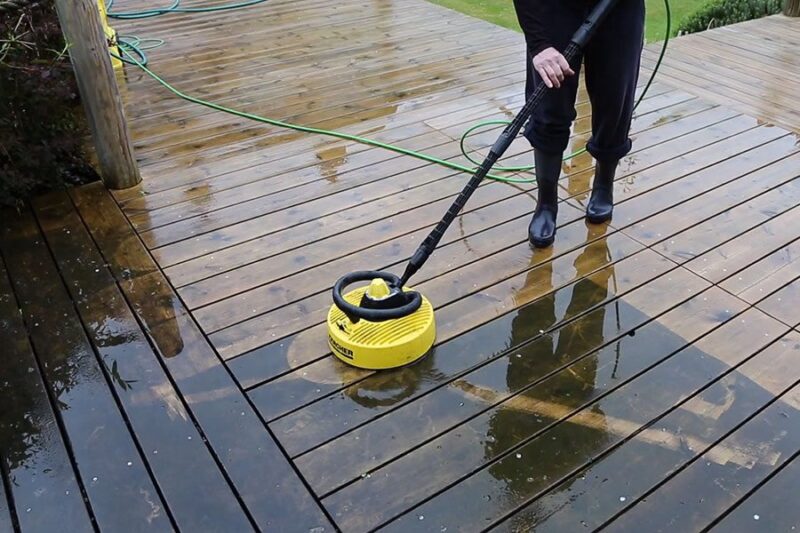Deck maintenance is more than just an aesthetic undertaking; it’s an essential practice to preserve the beauty and longevity of your deck. A well-maintained deck not only boosts the curb appeal of your home but also provides a safe, inviting outdoor space for relaxation and entertainment. Regular upkeep can significantly extend the life of your project, enhance its appearance, and save you from costly repairs down the line. This comprehensive guide will walk you through the vital steps to maintain your deck and keep it looking as good as new for years to come.
Inspecting Your Deck
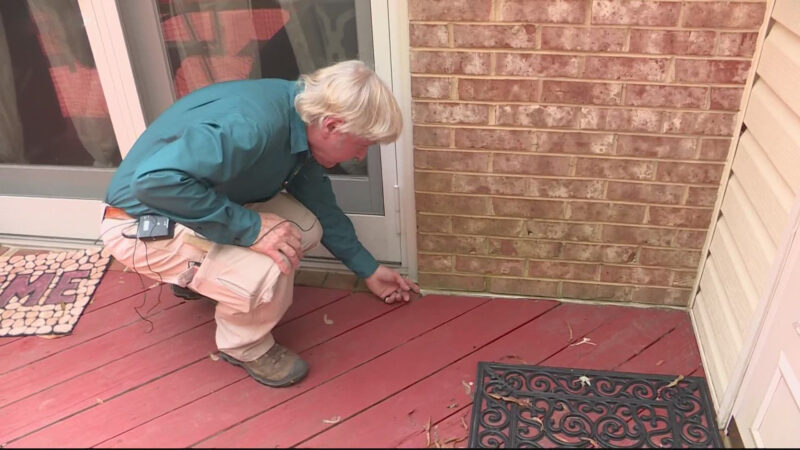
The first step in deck maintenance is to perform a thorough inspection. This involves a detailed examination of all components of your deck, including boards, railings, fasteners, and support structures. Regular inspections help you identify any potential problems early before they escalate into major issues. Look for signs of wear and tear, such as loose or splintered boards, rusty fasteners, or any signs of rot or insect damage in the wood. Don’t forget to inspect the ledger board – the piece that attaches the deck to your house – as this is a common source of its failures. A professional can help you with this task if you’re not comfortable doing it yourself.
Cleaning Techniques
Once you’ve completed your inspection, it’s time to clean your deck. This step is crucial for maintaining the appearance and health of your space. Over time, dirt, grime, and mildew can accumulate on your deck, leading to discoloration and potential damage.
There are different methods for cleaning decks, with power washing and scrubbing being the most common. Power washing can effectively remove dirt and grime from it, but it’s important to use a low setting to avoid damaging the wood. Always power wash along the grain of the wood and not against it to prevent splintering.
If your deck has stubborn stains or mildew, a cleaning solution combined with a stiff bristle brush can work wonders. Choose a cleaner appropriate for the type of deck you have (wood, composite, etc.) and follow the manufacturer’s instructions for best results. Remember to rinse thoroughly after cleaning to remove all residues.
Sealing and Staining
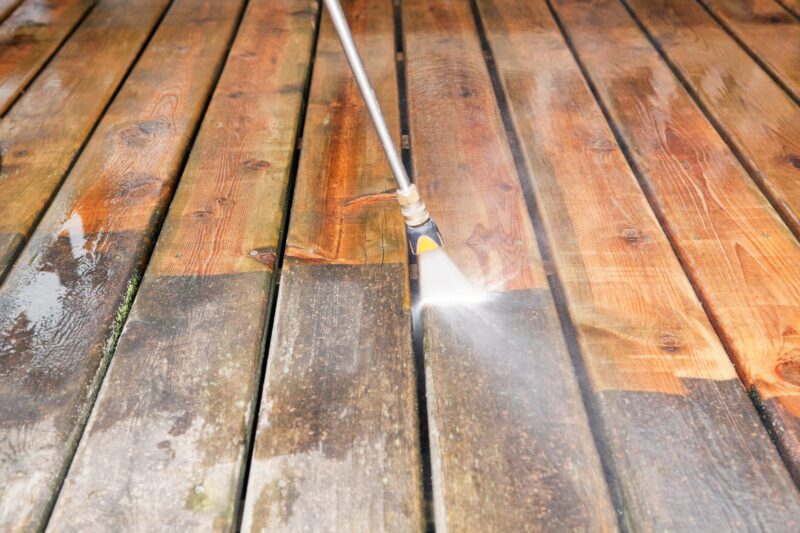
Applying a sealant or stain is an essential step in deck maintenance. These products form a protective barrier on your deck’s surface, shielding it from moisture, UV rays, and the wear and tear of daily use. They can also enhance the natural beauty of your wood deck, adding to its aesthetic appeal.
When choosing a product, consider the type of wood your deck is made from, as different woods may require different products. Also, keep in mind the look you’re going for. Clear sealers show more of the wood’s natural grain, while stains can provide a richer color and cover some of the wood’s imperfections. Always follow the manufacturer’s instructions when applying these products, and remember to apply a new coat every few years, or as recommended by the product manufacturer. Also, you can seek professional help at https://decksforlife.ca/.
Repairing Damaged Components
Even the most well-maintained deck can experience damage over time. This can manifest as cracks, splinters, or loose boards. Repairing these problems promptly can help you avoid more significant issues down the line.
Small cracks or splinters can often be repaired with wood filler or a similar product. First, clean the area to remove any dirt or debris, then apply the filler and smooth it out with a putty knife. Once it has dried, sand the area until it is flush with the rest of the board.
Loose boards can usually be tightened with screws. If a board is excessively warped or cracked, you may need to replace it. Remove the damaged board, then cut a new board to the same size and fasten it in place with screws.
Maintaining the Surface
Maintaining the deck surface is key to preserving its appearance and functionality. This involves regular sweeping to keep it clear of debris and leaves that could trap moisture and lead to rot or mildew.
For more thorough cleanings, consider using a leaf blower or a garden hose with a spray nozzle. If leaves or debris become stuck between boards, a putty knife can be a helpful tool for removal. Remember to always clean your deck before applying any new sealant or stain.
Preventing Water Damage
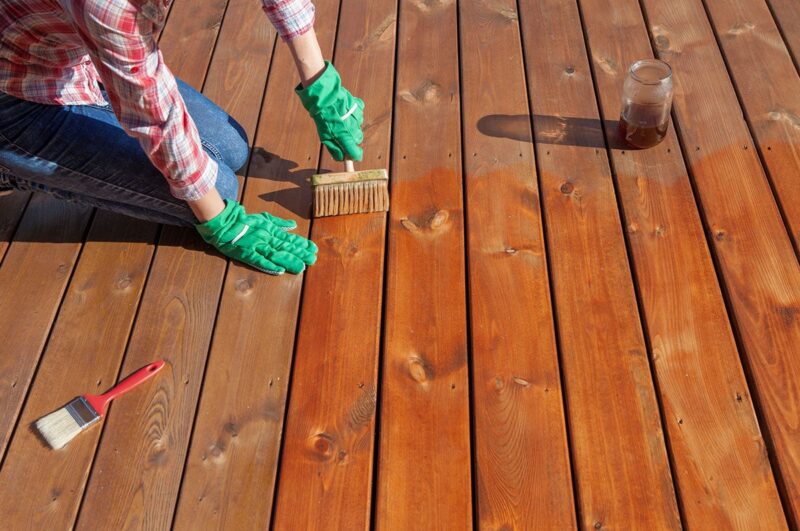
Water is one of the biggest threats to the integrity of your deck. Over time, water can lead to rot, mold, and structural damage. To protect it, ensure it has proper drainage so water doesn’t accumulate.
Ensure that your deck is slightly sloped away from your house to encourage water runoff. Check and clean its drainage system regularly to avoid clogs. After a rainstorm, check for standing water and remove it promptly. Additionally, make sure your gutters and downspouts aren’t directing water onto your deck.
Pest Control
Pests can cause significant damage to decks and nearby structures. Termites, carpenter ants, and other wood-boring insects can undermine the strength and safety of your deck. Regular inspections can help identify signs of an infestation early.
To keep pests at bay, consider natural deterrents like essential oils or predator insects. If an infestation occurs, you may need to use a pesticide or hire a professional pest control service. Also, remember that some pests are attracted to debris and standing water, so keep your deck clean and dry as part of your pest control strategy.
Winterizing Your Deck
In colder climates, winter can be tough on decks. Snow and ice can lead to moisture damage, while freezing temperatures can cause cracks. To protect your deck, take steps to winterize it before the cold weather hits.
Start by cleaning it thoroughly and repairing any damage. Then, apply a water-repellent finish to protect against moisture. If heavy snow is expected, consider using a plastic shovel (never metal) to clear it. Avoid using salt or ice melt on wood decks, as these can cause damage.
Regular Maintenance Schedule
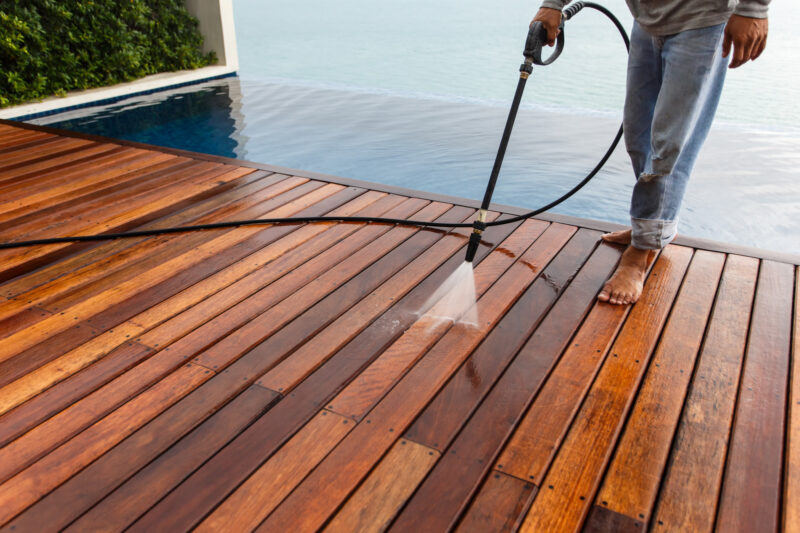
Sticking to a routine maintenance schedule can help you stay on top of deck care and extend its lifespan. This could include monthly tasks like sweeping, seasonal tasks like sealing, and yearly tasks like a thorough inspection.
Safety Considerations
Finally, remember that deck safety is paramount. Regular maintenance not only keeps it looking great but also ensures it remains a safe place for you, your family, and your guests. Always fix loose or damaged boards promptly, keep the surface clear of debris, and maintain sturdy railings and stairs.
Conclusion
Deck maintenance is a vital part of home ownership. Regular inspections, cleanings, and repairs can go a long way toward preserving the beauty and longevity of your deck. By following the steps in this guide, you can ensure that it remains a beautiful, safe, and enjoyable part of your home for many years to come.

